« Thanksgiving | Home | Advent Beginnings »
Advent Approaches . . .
By Mark D. Roberts | Friday, November 27, 2009
Part 1 of series: Introduction to Advent
Permalink for this post / Permalink for this series
This coming Sunday is the first day of Advent. If you’ve been reading my blog for more than a year, you know that I generally make a big deal out of Advent. If you’re new to my blog, however, you may wonder why I bother. My goal in this post is to explain what Advent is. My next post in this series will make the case for taking Advent seriously.
When is Advent?
Advent is a Christian season that lasts for about four weeks. It begins four Sundays before Christmas and ends on Christmas Eve, thus there is some variation in its length. (If you’re unfamiliar with the idea of Christian seasons, you might find helpful a few pieces I’ve written: “Overview of the Christian Year,” “The Colors of the Christian Year,” and “The Christian Year and the Textures of Worship.”) I should mention that Eastern Orthodox Christians do not recognize Advent per se, but have a longer season that is rather like Advent. Their Nativity Fast begins in the middle of November and is a season for repentance and abstinence.
In our secular American celebration of Christmas, the Christmas season (or holiday season, ugh) begins in the weeks prior to Christmas Day. Generally, this season starts in early December, though retailers have a bad habit of beginning Christmas in November (or even October). In my rule book, you shouldn’t listen to Christmas music or turn on Christmas lights until after you’ve finished the Thanksgiving turkey . . . at the earliest. Of course outside of my immediate family, nobody follows my rules . . . especially retailers.
What is Advent?
The Christian season of Christmas actually begins on Christmas Eve and lasts for twelve days, ending on January 6. (No, the twelve-day season of Christmas did not start with the song. It was the other way around.) The time before Christmas is Advent, a season of preparation for Christmas. Christians prepare for celebrating the birth of Jesus by remembering the longing of the Jews for a Messiah. In Advent we’re reminded of how much we ourselves also need a Savior, and we look forward to our Savior’s second coming even as we prepare to celebrate his first coming at Christmas. Indeed, the word Advent comes from the Latin word adventus that means “coming” or “visit.” In the season with this name, we keep in mind both “advents” of Christ, the first in Bethlehem and the second yet to come.
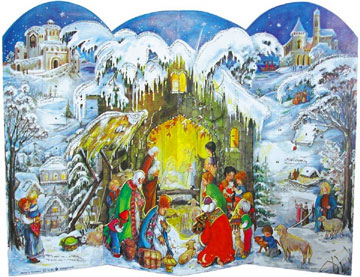 If you’re unfamiliar with Advent, I expect it might feel odd to think of the weeks before Christmas as something more than Christmastime. For most of my life, Advent played very little role in my pre-Christmas consciousness. As a child, I did have Advent calendars: sturdy, decorative paper displays with 25 little “windows,” one of which I would open each day of December leading up to Christmas. My Advent calendar was a way to whet my appetite for Christmas, not that I needed much help to get ready for my favorite day of the year, mind you. I loved Christmas when I was young, partly because it celebrated the birth of Jesus, but mostly because it was a giant party in which I received lots of presents. In a sense, the Christian observance is a bit like my boyhood Advent calendars, though it has a much more serious purpose. It’s meant to get us ready, not for a present-opening party, but for a transformational celebration of the birth of Jesus.
If you’re unfamiliar with Advent, I expect it might feel odd to think of the weeks before Christmas as something more than Christmastime. For most of my life, Advent played very little role in my pre-Christmas consciousness. As a child, I did have Advent calendars: sturdy, decorative paper displays with 25 little “windows,” one of which I would open each day of December leading up to Christmas. My Advent calendar was a way to whet my appetite for Christmas, not that I needed much help to get ready for my favorite day of the year, mind you. I loved Christmas when I was young, partly because it celebrated the birth of Jesus, but mostly because it was a giant party in which I received lots of presents. In a sense, the Christian observance is a bit like my boyhood Advent calendars, though it has a much more serious purpose. It’s meant to get us ready, not for a present-opening party, but for a transformational celebration of the birth of Jesus.
What Colors Are Used in Advent?
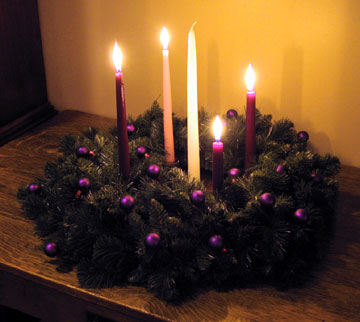 There are a few other things about Advent that you might find odd if you’re unfamiliar with them. The strangest might be the Advent color scheme. We associate Christmas and the weeks leading up to it with typical Christmas colors: red, green, white, silver, and gold. Advent, on the other hand, features purple (or dark blue) and pink. The purple/blue color signifies seriousness, repentance, and royalty. Pink points to the minor theme of Advent, which is joy. The first, second, and fourth Sundays of Advent are “purple/blue” Sundays. Only the third is a “pink” Sunday. The pink, joyful color reminds us that, even as Advent helps us get in touch with our sober yearning for God to come to us, we know that he did in fact come in the person of Jesus. Thus our minor-themed waiting has a grace note of joy mixed in. If you’ve seen a traditionally-colored Advent wreath will recognize the purple and pink colors of this season (with the central, white, Christ-candle for Christmas Eve/Day). But if you’re unfamiliar with Advent and happen to attend a church service in early December in a church that recognizes Advent, you might be startled to see lots of purple, a bit of pink, and no red or green. (Many churches combine the colors of Advent and Christmas, however, so visitors won’t be completely perplexed.)
There are a few other things about Advent that you might find odd if you’re unfamiliar with them. The strangest might be the Advent color scheme. We associate Christmas and the weeks leading up to it with typical Christmas colors: red, green, white, silver, and gold. Advent, on the other hand, features purple (or dark blue) and pink. The purple/blue color signifies seriousness, repentance, and royalty. Pink points to the minor theme of Advent, which is joy. The first, second, and fourth Sundays of Advent are “purple/blue” Sundays. Only the third is a “pink” Sunday. The pink, joyful color reminds us that, even as Advent helps us get in touch with our sober yearning for God to come to us, we know that he did in fact come in the person of Jesus. Thus our minor-themed waiting has a grace note of joy mixed in. If you’ve seen a traditionally-colored Advent wreath will recognize the purple and pink colors of this season (with the central, white, Christ-candle for Christmas Eve/Day). But if you’re unfamiliar with Advent and happen to attend a church service in early December in a church that recognizes Advent, you might be startled to see lots of purple, a bit of pink, and no red or green. (Many churches combine the colors of Advent and Christmas, however, so visitors won’t be completely perplexed.)
Advent’s Growing Popularity
Advent doesn’t get much attention compared to Christmas, though interest in Advent is growing steadily in many churches and in many Christian homes. That’s not to say everybody is an “Adventophile,” a lover of Advent, however. Some Protestants ignore Advent because it isn’t taught in Scripture and because they associate it with Roman Catholicism. Secular culture ignores Advent because there isn’t much money to be made here. I suppose you might be able to make a few bucks selling purple and pink candles, but this isn’t going to thrill most retailers.
I think there are lots of good reasons to pay more attention to Advent, however. I’ll begin to explore these in my next post in this series.
Topics: Advent |
One Response to “Advent Approaches . . .”
Comments
Thanks for your willingness to make a comment. Note: I do not moderate comments before they are posted, though they are automatically screened for profanities, spam, etc., and sometimes the screening program holds comments for moderation even though they're not offensive. I encourage open dialogue and serious disagreement, and am always willing to learn from my mistakes. I will not delete comments unless they are extraordinarily rude or irrelevant to the topic at hand. You do need to login in order to make a comment, because this cuts down on spam. You are free to use a nickname if you wish. Finally, I will eventually read all comments, but I don't have the time to respond to them on a consistent basis because I've got a few other demands on my time, like my "day job," my family, sleep, etc.
You must be logged in to post a comment.
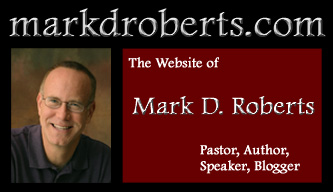

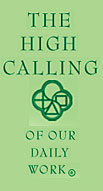

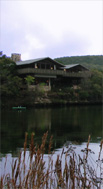
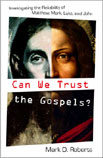


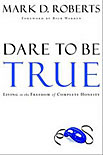
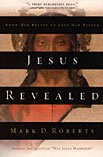
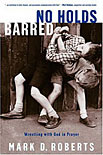
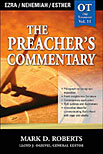
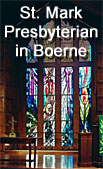

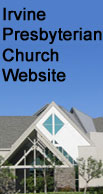
November 27th, 2009 at 8:17 pm
Over in Europe, I have noticed that unlike the gaudy ‘christmas’ displays and commercialism we have the USA, the only thing you notice over there are small tastefull decorations celebrating advent.
Funny, how Europe can seem even more focused on the real ‘reason for the season’ than the US. We often think of the US being more religous, and picture Europe as being much more secular. But in this regard I think maybe its the opposite.
The older I get the more I think that Christians should totally abandon western christmas, and leave it to the pagans.
Maybe a simple celebration of the feast of St. Nick(12/5) with traditional small gifts placed in the shoes of children would be it and the rest of the focus of a christian family should be on the days of advent and the days of christmas after that.
Christians in the US should really ask themselves, would they still celebrate ‘XMAS’ if it had nothing to do with Jesus?
Would the rest of the secular US still pretend to celebrate ‘xmas’ if all the Christians stopped?